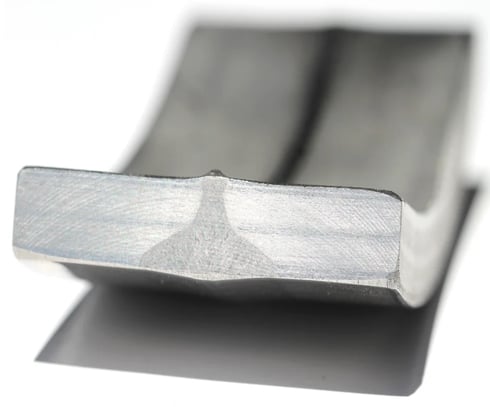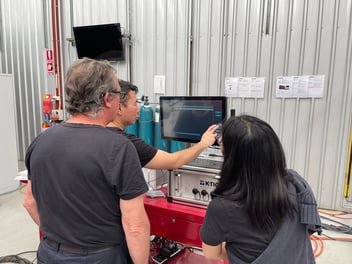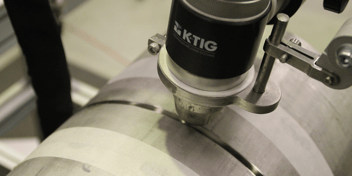What is Sanitary Welding and How Did We Perfect It?

Sanitary welding is a specialized type of welding that is used in the food and pharmaceutical industries to produce equipment and systems that meet strict hygiene and safety standards. The main objective of sanitary welding is to create a seamless, smooth, and easy-to-clean surface that eliminates potential points of contamination and reduces the risk of bacteria growth.
Sanitary welding requires the use of specialized welding techniques, materials, and equipment to produce joints that are strong, leak-free, and easy to clean. The welding process is carefully controlled to ensure that the finished product meets strict standards for cleanliness, safety, and quality. Welding automation is increasingly being used to perform sanitary welding jobs due to the global welder shortage as typically highly skilled and trained welders are needed to perform the techniques required to produce high-quality, hygienic welds.
In the food and pharmaceutical industries, sanitary welding is essential for producing equipment that is safe for use with food and pharmaceutical products. It helps to ensure that these products are free from contamination and that the equipment used to produce them is durable, long-lasting, and free from leaks or failures.
Sanitary welding is used in a variety of applications in the food and pharmaceutical industries where cleanliness and safety are of the utmost importance. Some examples of applications for sanitary welding include:
-
Food processing equipment: Sanitary welding is used to manufacture and repair a wide range of food processing equipment, including stainless steel tanks, conveyors, mixers, and hoppers. These components must be free from cracks, crevices, and other potential sources of contamination to prevent the growth of bacteria and other microorganisms.
-
Pharmaceutical production: Sanitary welding is also used in the production of pharmaceuticals, where it is important to eliminate any potential sources of contamination in the manufacturing process. Sanitary welding is used to manufacture and repair stainless steel reactors, transfer lines, and storage tanks used in the production of pharmaceuticals.
-
Dairy production: In the dairy industry, sanitary welding is used to manufacture and repair stainless steel milk tanks, pipelines, and other components that come into contact with dairy products. These components must meet strict standards for cleanliness and hygiene to ensure that dairy products are safe for consumption.
-
Beverage production: Sanitary welding is also used in the production of beverages, including beer, wine, and soft drinks. Stainless steel tanks, pipelines, and other components used in beverage production must be free from cracks, crevices, and other potential sources of contamination to prevent the growth of bacteria and other microorganisms.
These are just a few examples of applications for sanitary welding. The use of sanitary welding is growing rapidly, as more and more industries recognize the importance of maintaining high standards of cleanliness and hygiene in the production of food and pharmaceutical products
.jpg?width=400&height=400&name=K-TiG_Food-and-Beverage_400x400%20(1).jpg)
K-TIG (Keyhole TIG) is a welding process that has been developed to provide high-quality, efficient welding for a wide range of applications, including sanitary welding. K-TIG welding relies on an arc with a high energy density focused on a small area. This results in deeper and narrower penetration, which allows for faster and more efficient welding.
In the context of sanitary welding, K-TIG offers several advantages over other welding methods. For example, the high-quality welds produced by K-TIG are typically smoother, stronger, and more consistent than those produced by other welding methods, which makes them easier to clean and less likely to harbor bacteria or other contaminants. Additionally, the precise control offered by K-TIG welding makes it possible to produce welds that are free from porosity and other defects, which helps to ensure the long-term performance and reliability of the equipment being welded.
Overall, K-TIG can be a good option for sanitary welding, as long as the welders using it are trained in the proper techniques for using this welding process. Additionally, it's important to ensure that the K-TIG welding equipment used is well-maintained and properly set up with the correct fit-up for the application, as these factors can have a significant impact on the quality and reliability of the finished product.




